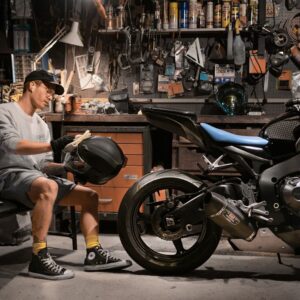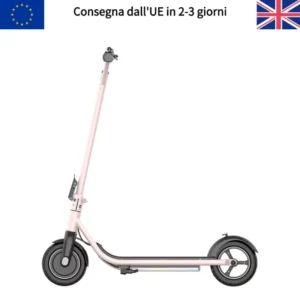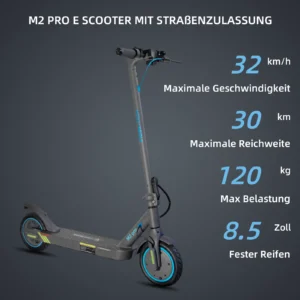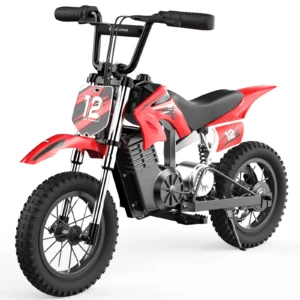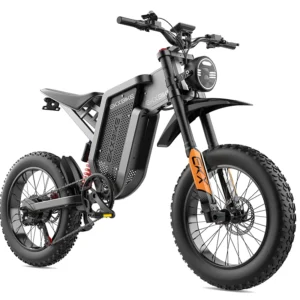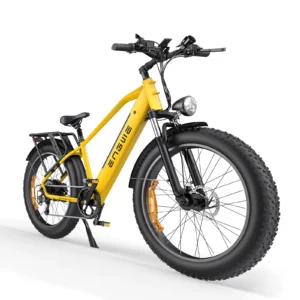Electric Scooters Categories
Electric Scooters
Rodomi visi rezultatai: 2Sorted by popularity
Electric Scooters have rapidly become a staple of modern urban mobility, offering a convenient, eco-friendly, and undeniably fun way to navigate city streets, campuses, and bike paths. These compact, powered personal transporters provide an excellent solution for short commutes, last-mile journeys, or simply zipping around town with ease. As their popularity grows, so does the variety of models available, making it important to understand the key features and differences to select the e-scooter that perfectly matches your needs and lifestyle. This guide will help you explore the essentials of electric scooters.
E-Scooter Categories: Choosing Your Style
When selecting an electric scooter, different categories cater to various rider needs and preferences. Commuter e-scooters are typically designed with portability and practicality in mind, often featuring lightweight frames, easy folding mechanisms, and a decent range suitable for daily trips to work or school; they balance performance with convenience. Performance e-scooters are built for thrill-seekers, boasting more powerful motors (often dual motors), higher top speeds, longer ranges, and more advanced suspension systems for a smoother, more exhilarating ride. For those looking to venture off paved surfaces, off-road e-scooters come equipped with knobby, wider tires, robust suspension, and durable frames capable of handling rougher terrain. Lastly, entry-level or budget-friendly e-scooters provide a more accessible entry point, offering basic features and shorter ranges, ideal for casual users or very short trips.
E-Scooter Performance: Range, Speed & Power
Understanding e-scooter performance metrics like range, speed, and motor power is crucial for choosing a model that meets your expectations. Range, how far the scooter can travel on a single charge, is primarily determined by battery capacity (measured in Amp-hours (Ah) or Watt-hours (Wh)), but is also influenced by rider weight, terrain, average speed, and even tire pressure. Top speed capabilities vary widely, from around 15 mph for many commuter models to over 40 mph for some high-performance beasts; always be mindful of local speed regulations. Motor power, expressed in Watts (W), directly impacts acceleration and hill-climbing ability. Scooters with higher wattage motors, or those with dual motors (one in each wheel), will offer quicker take-offs and better performance on inclines. Also consider battery voltage, as higher voltage systems can often deliver power more efficiently.
E-Scooter Essentials: Tires, Brakes & Safety
Beyond raw performance, several e-scooter essentials greatly impact ride quality, safety, and practicality. Tires come in two main types: solid tires are puncture-proof and maintenance-free but can offer a harsher ride, while pneumatic (air-filled) tires provide better shock absorption and comfort but require occasional air top-ups and are susceptible to flats. Tire size also matters, with larger diameters generally handling bumps better. Effective brakes are non-negotiable; common types include mechanical disc brakes (good stopping power), drum brakes (enclosed, low maintenance), regenerative electronic brakes (help recharge the battery slightly), and simpler foot brakes. Many scooters combine these. Suspension (front, rear, or both) significantly improves ride comfort, especially on uneven urban surfaces. Other important considerations include the scooter’s weight and folding mechanism for portability, its maximum weight capacity, integrated lights (front and rear), reflectors, and a bell or horn for safety. Always check local laws regarding e-scooter use. At our store, we offer a diverse selection of electric scooters tailored to different needs, alongside e-bikes, conversion kits, and batteries, and our team is here to guide you to the perfect ride.

